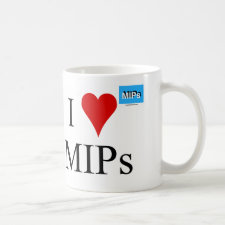
Authors: Lee K, Itharaju RR, Puleo DA
Article Title: Protein-imprinted polysiloxane scaffolds.
Publication date: 2007
Journal: Acta Biomaterialia
Volume: 3
Issue: (4)
Page numbers: 515-522.
DOI: 10.1016/j.actbio.2007.01.003
Alternative URL: http://www.pubmedcentral.nih.gov/articlerender.fcgi?artid=1950241&tool=pmcentrez
Abstract: Molecular imprinting is a technique used to create specific recognition sites on the surface of materials. Although widely developed for chromatographic separation of small molecules, this approach has not been adequately investigated for biomaterial applications. Thus, the objective of these experiments was to explore the potential of molecular imprinting for creating biomaterials that preferentially bind specific proteins. Macroporous polysiloxane (silica) scaffolds were imprinted with either lysozyme or RNase A using sol-gel processing. The quantity of surface-accessible protein, which was related to the number of potential binding sites, was varied by changing the amount of protein loaded into the sol. Up to 62% of loaded protein was accessible. The amount of protein per unit surface area ranged from 0.3 μg m-2 for low loading of RNase to 152 μg m-2 for high loading of lysozyme. Protein-imprinted scaffolds were then evaluated for their ability to preferentially recognize the template biomolecule when incubated in mixtures containing both the imprinted protein and a competitor protein of comparable size (approximately 14 kD). In solutions containing a single protein, up to 3.6 times more template bound compared with the competitor. Furthermore, in solutions containing equal amounts of both molecules, the porous scaffolds bound up to three times more template than the competitor protein, which is a level of preferential binding similar to values reported in the molecular imprinting literature for both organic and inorganic materials
Template and target information: protein, lysozyme, ribonulease A, RNase A
Author keywords: molecular imprinting, silica, Scaffold, Sol-gel techniques, protein adsorption



Join the Society for Molecular Imprinting

New items RSS feed
Sign-up for e-mail updates:
Choose between receiving an occasional newsletter or more frequent e-mail alerts.
Click here to go to the sign-up page.
Is your name elemental or peptidic? Enter your name and find out by clicking either of the buttons below!
Other products you may like:
 MIPdatabase
MIPdatabase









